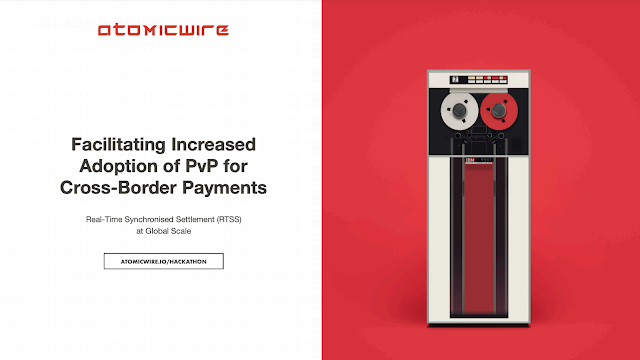Two Ways To Evaluate Which Event-Driven Architecture is Right for Your Flow Systems

The event-driven platforms market is a confusing place. In fact, there is an entire appendix in Flow Architectures: The Future of Streaming and Event-Driven Integration dedicated to evaluating much of that market and it's almost a third of the book. Thus, it is no surprise that developers and architects not experienced with eventing systems struggle to identify the best platform for their applications. I've identified one method for making a selection in the book, which I will update in this blog post to reflect what I have learned since the book came out. I used a model based on the types of event streams, which works extremely well if you are going to consume a stream over which you have little control. (It also works for selecting technologies within a scope you control, but I am more interested in how you "future-proof" your decisions for a flow future.) Another interesting way to slice the market comes from researcher Jamie Brandon, who looked at the problem fr





